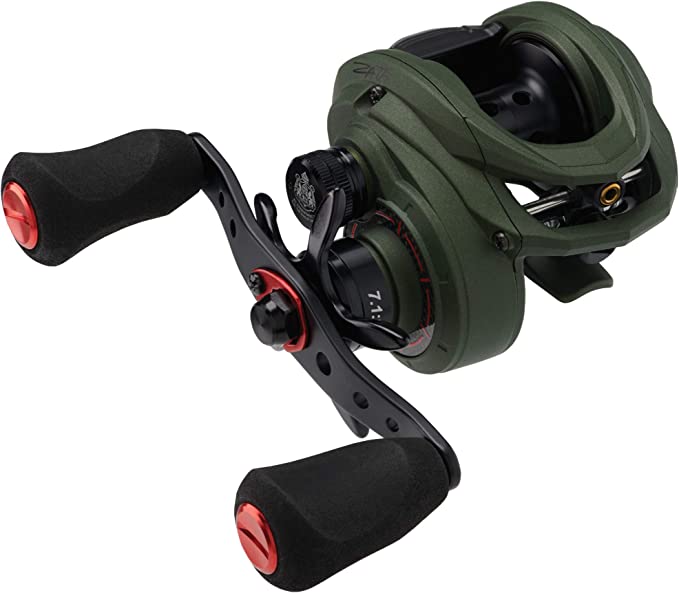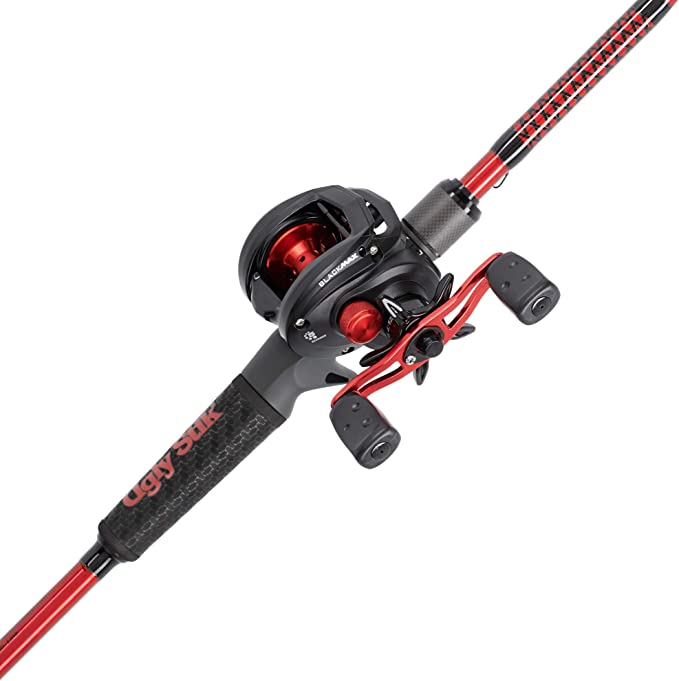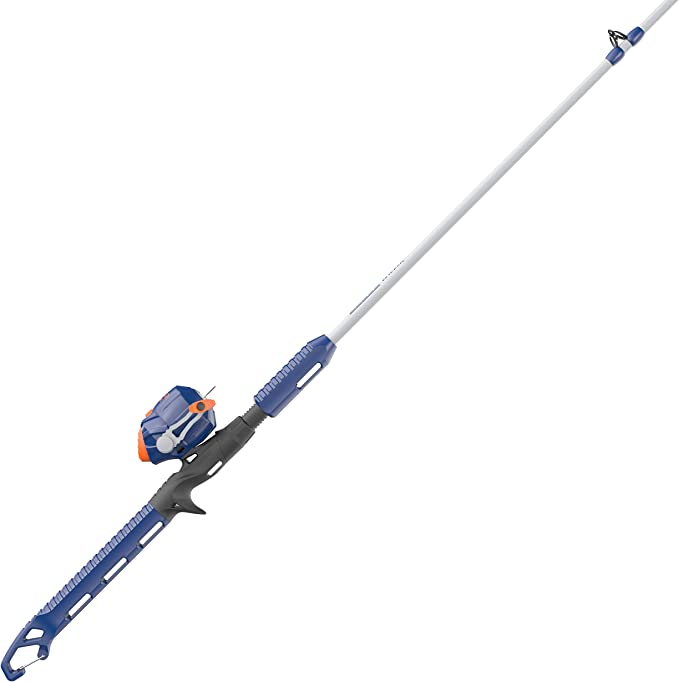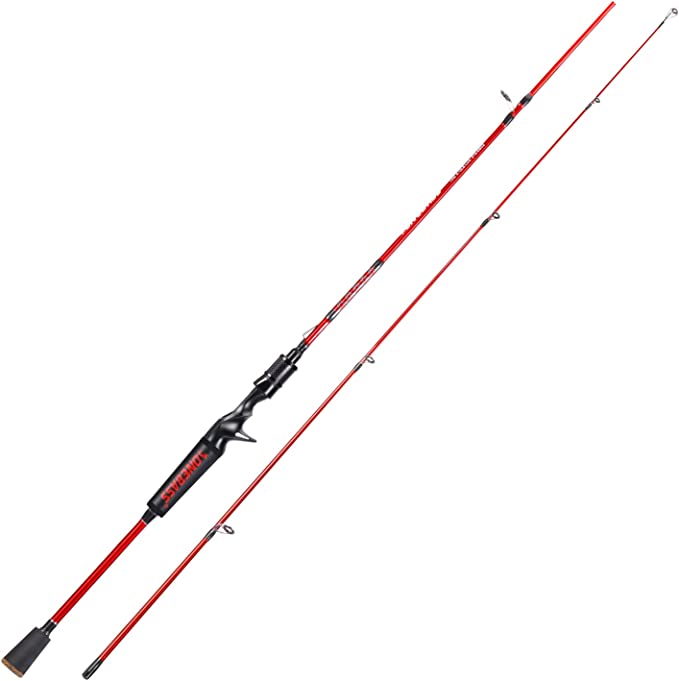An Angler's Guide to the Physics of the Perfect Cast
Update on Aug. 1, 2025, 1:09 p.m.
There’s an unspoken dialogue that every angler knows. It’s a conversation held not in words, but in vibrations. It begins with a subtle tick at the end of your line, a signal that travels like a telegraph message through water, up the braid, and into the soul of your rod. In that electric split-second before the hookset, your hand becomes a receiver, interpreting a story told by a fish. But have you ever wondered about the language itself? This dialogue is not magic; it is a script written by physics, materials science, and meticulous engineering.
To understand this hidden language, we don’t need a high-end laboratory. We can simply dissect a modern, accessible setup like the One Bass FINSE combo. By examining its parts not as a list of features, but as a system of interconnected principles, we can uncover the science that empowers every cast, every retrieve, and every heart-pounding strike.
The Soul of the Rod: Understanding Graphite Modulus
At the core of any modern fishing rod lies its blank, and the FINSE specifies its blank is made of “IM7 Graphite.” This term is your first clue to the rod’s personality. “IM” stands for Intermediate Modulus, and “modulus”—specifically the Modulus of Elasticity—is a fundamental concept in materials science. It measures a material’s stiffness-to-weight ratio.
Think of the rod as a musical instrument. A low-modulus graphite or fiberglass rod is like a thick, slack guitar string; it produces a dull, low-frequency thud when plucked. An IM7 graphite rod, however, is like a taut, high-tension string. It vibrates at a higher frequency and for a longer duration. When a bass inhales your plastic worm a hundred feet away, the resulting high-frequency “tick” travels up the line and hits the blank. The stiffer IM7 material transmits this vibration with far less dampening, delivering a crisp, clear signal to your hand. This is the very essence of sensitivity.
But this sensitivity comes with a classic engineering trade-off. In the world of materials, extreme stiffness often correlates with increased brittleness. The same crystalline structure that allows graphite to transmit vibrations so efficiently also makes it less forgiving to sharp impacts or extreme bending angles—a phenomenon anglers call “high-sticking.” When some users report a rod tip snapping, it’s often not just a case of poor quality, but a real-world manifestation of this compromise. The manufacturer has traded some ruggedness for the heightened sensitivity that anglers demand. Understanding this helps you use the tool correctly, respecting its design limits to unlock its performance.
The Pathway of Power: Guides and Grips
The signal from a sensitive blank would be lost without a clear pathway. This is the job of the line guides. The FINSE combo uses stainless-steel frames with aluminum oxide inserts, the quiet workhorse of the fishing industry. From a scientific perspective, aluminum oxide (Al₂O₃) is a remarkable ceramic. It boasts a hardness of around 9 on the Mohs scale (just under diamond), making it incredibly resistant to wear from modern braided lines. More importantly, its surface is exceptionally smooth, which dramatically reduces friction.
This matters because friction is the enemy of casting distance. As your line unspools at over 70 miles per hour, each guide is a point of potential energy loss. The slick, hard surface of aluminum oxide ensures that the line glides with minimal resistance, preserving the cast’s momentum and allowing you to reach further.
The final contact point in this pathway is the super polymer handle. While traditional cork offers excellent vibration transmission, and EVA foam provides cushioning, advanced polymers are engineered to offer the best of both worlds. They provide a tacky, non-slip grip that’s indispensable when your hands are wet and a fish is pulling drag, while also being dense enough to transmit the subtle vibrations from the blank without excessive dampening.
The Heart of Control: Deconstructing the Baitcaster Reel
If the rod is the sensory system, the baitcasting reel is the brain and the muscle. The ALFEN CB reel, paired with the FINSE rod, showcases two critical pieces of engineering: its gear ratio and its braking system.
The 7.3:1 gear ratio is the reel’s power-transmission system. It means for every single 360-degree turn of the handle, the spool revolves 7.3 times. This is considered a fast retrieve, and it’s not just about reeling in quickly. In techniques like Texas-rigging or jigging, where you create the lure’s action with the rod, you often generate significant slack in the line. This high gear ratio allows you to instantly pick up that slack, maintaining a direct connection to your lure and ensuring you can deliver a solid hookset the moment you feel a bite.
Yet, the most elegant piece of physics in the entire combo lies within its magnetic braking system. Every baitcaster user lives in fear of the “rat’s nest,” a catastrophic tangle caused by the spool spinning faster than the line is flying out. The 10 magnets inside this reel are its guardian angels, and they operate on a beautiful principle called Lenz’s Law.
Here’s how it works: the reel’s spool is made of aluminum, which is a conductor but is not magnetic. As this conductive spool spins at high speed past the stationary magnets, the magnetic field induces tiny, swirling electrical currents within the aluminum itself. These are called eddy currents. According to Lenz’s Law, these currents create their own weak magnetic field that actively opposes the field of the permanent magnets. This opposition generates a smooth, contactless braking force. It’s like a ghost rider gently pressing a thumb on the spool, with the pressure increasing as the spool spins faster and decreasing as it slows down. By turning the external dial, you are physically moving the magnets closer to or farther from the spool, giving you precise command over this invisible force to match your lure’s weight and the day’s wind.
The Empowered Angler
In the end, these disparate elements—material science in the blank, ceramic engineering in the guides, and electromagnetism in the reel—all converge on a single purpose: to give you a more intuitive and powerful connection to the underwater world. Understanding the “why” behind your equipment transforms it from a mere tool into a finely tuned instrument. You begin to appreciate the trade-off between sensitivity and durability, you select your gear ratio based on technique, and you dial in your brakes with a newfound understanding of the invisible forces at play.
This knowledge empowers you to look at any piece of fishing tackle, from any brand, and see past the marketing. You see the elegant application of physics and the thoughtful compromises of engineering. And perhaps, the next time that electric signal shoots up your line, you’ll smile, knowing you understand the language it’s speaking.

























